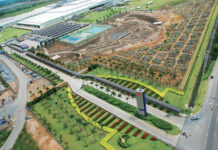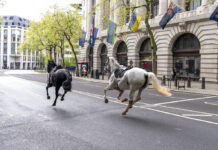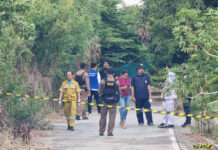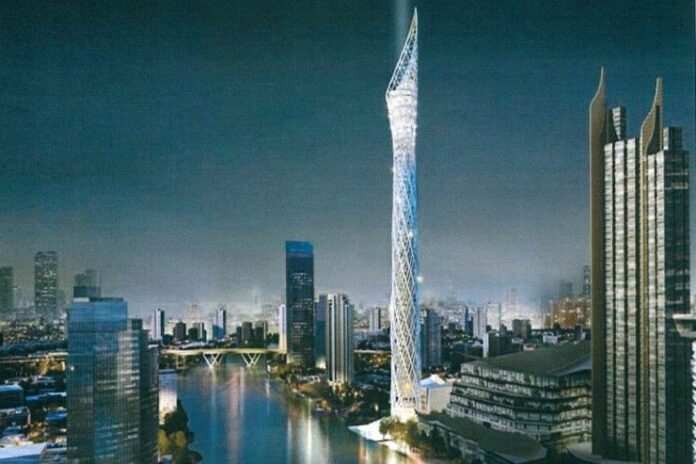

Towering at 459 meters above the western bank of the Chao Phraya River will rise a new landmark, the Bangkok observatory tower. Expected to be among the world’s 10 tallest structures, and certainly the tallest in Thailand, it is meant to become the new pride of Bangkokians, Thais and an object of marvel for the throng of tourists.
Likely, they will board the numerous noisy Chao Phraya river cruise boats passing the Khlong San district and not fail to take selfies or FB Live it to their friends around the world. The torch-like tower will also showcase Thai culture, advanced technology management and house an exhibit honoring the late king.
So why I am not impressed, and even skeptical?
The short answer is that there are many unanswered questions.
Let’s start with: What’s the rush all about? When the military junta’s cabinet approved the project last month on June 27, it skirted the mandatory competitive bidding process, arguing it would slow down the project, which was unlikely to find other takers because it’s not supposed to be a profit-maximizing enterprise.
The riverside plot of land belongs to the Treasury Department, but a little known foundation, called the Bangkok Observation Tower Foundation, will raise the project’s estimated 4.5 billion baht.
The foundation was jointly established by Magnolia Quality Development, which is the property development arm of Charoen Pokphand Group, the kingdom’s largest corporation, and Siam Piwat Co., the operators of the Siam Center and Siam Discovery shopping malls. There’s nothing wrong with that, but it’s such a serendipitous coincidence that the tower will stand next to a much larger plot of land these same mega-developers are set to open a sprawling riverside mall called Icon Siam later this year, along with two posh condominiums towers.
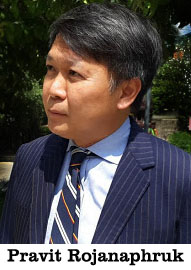
So we’re talking about public land being gifted to private enterprise.
If the project is wholly private, as is Bangkok’s newest tallest building MahaNakhon, then I would have no qualm as long as they meet the required environmental review standards and planning regulations. But we’re talking about state land, which belongs to all citizens, going to a foundation set up by large corporations without any open bidding.
The observatory tower, if built at the spot will most likely has to be entered and departed through the mall’s ground as the state’s land is not directly connected to Charoen Nakhon Road. It’s no riddle figuring who will benefit the most, in terms of a windfall of valuable property and retail income from this observatory tower.
Sure, the government insists that the land will be leased for a period of 30 years to the foundation for 198 million baht, or about 6.6 million baht annually, after which the state will take over the land and tower. What’s more, profits from ticket sales, at 750 baht for foreigners and 375 baht for Thais (again, the old double-pricing double-standard), will be channel to something vaguely described as public good, promised military government’s assistant spokesman Col. Athisit Chaiyanuvat.
When Khaosod English first reported about the tower on June 28, the reporter didn’t even find any website or listed phone number of the foundation. I tried again Friday, ten days after, and there was nothing still.
On Thursday, architect Sitthiporn Piromruen posted on Facebook questioning how the design of Bangkok Observatory Tower uncannily resembles that of the Aspire Tower in Doha, Qatar.
“I am not being dramatic, but it’s shameful,” wrote the architect, posting photos of the two towers next to one another. The one in Doha, designed by architect Hadi Simaan, which is also torch-like but less slender, is only 300 meters. It was completed in 2007. The incident is doubly embarrassing as, this past September, another river project design was dropped for being identical to one by British architect Norman Foster.
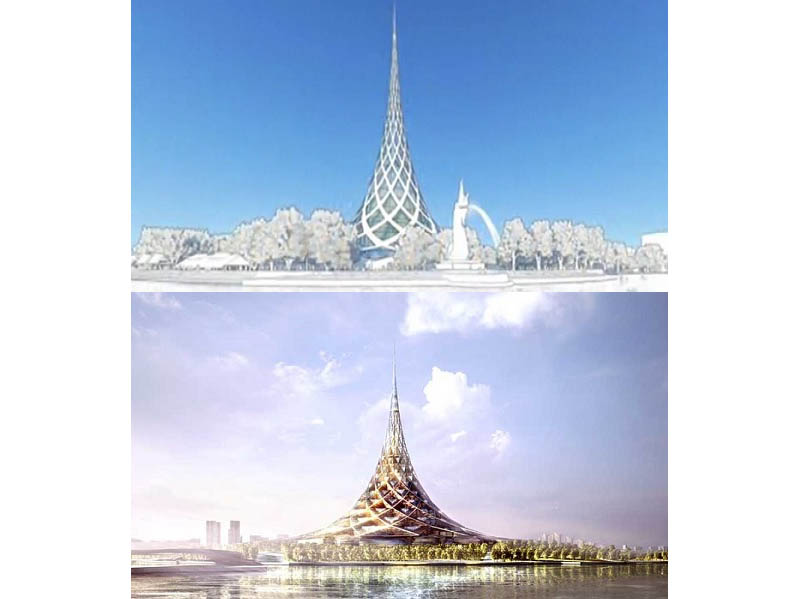
Would the government holding an architectural contest for the structure that would be lauded as the new landmark of the capital and the tallest structure in Thailand be more appropriate and participatory? A panel of eminent judges then can choose the best design that would tower over Bangkok for decades if not longer. The public will also have time to debate and perhaps vote on what they perceived to be the best design.
Can we also consider how such tall tower may or may not reflect the late king’s sufficiency economic philosophy?
A 375 baht entrance fee is still a day’s wage for many Thais. Would the state-owned land be better utilized as a riverside park, another small lung for Bangkok, and for all to enjoy for free regardless of their income level for perpetuity instead?
Who’s really going to benefit most from this mad rush to build the tallest tower in town?
Given the above questions regarding the handling and risk of favoritism, can the junta slow down and do things properly?
What’s the rush? Do they want to risk having the structure becoming an edifice of bad governance by the military junta? Need they be reminded that they actually don’t have any legitimacy since their seized their way into power?
Bangkokians deserve a more transparent and towering plan than this.



